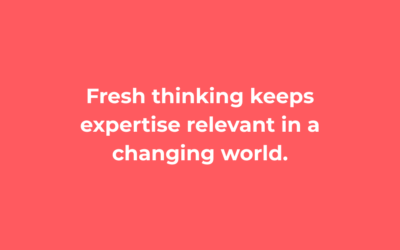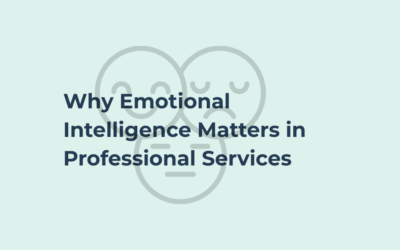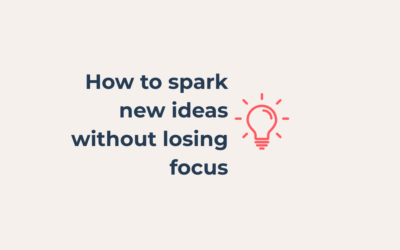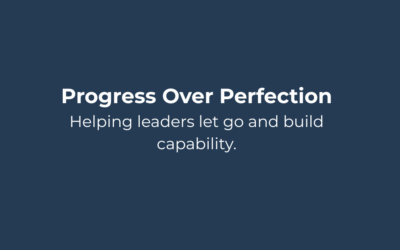The Half-Day Team Alignment: A Practical Alternative to the Full-Day Offsite Professional-services teams are under...
blog posts
Your Guide to Running Your Offsite
Every year, leadership teams step away from day-to-day delivery to think about what’s next.It’s meant to be a rare...
What Got Us Here Won’t Get Us There: Rethinking Expertise in Professional Services
Professional services firms are built on expertise.That’s what clients buy and what careers are built around. But the...
Building Emotional Intelligence in Professional Services
The leadership skill that keeps teams engaged and clients close In law and accounting, technical expertise is the...
How to Run an Ideation Session in Professional Services That Actually Works
In professional services, the word innovation can make people switch off.It sounds expensive, time-consuming, and far...
The Real Reasons for Poor Performance in Professional Services
Not all underperformance is the same. In professional services, performance issues are often labelled quickly —...
Dialling Down Perfectionism in Professional Services
Perfectionism can look like high standards, but in professional services it usually hides something deeper — a high...
Helping Leaders Get Better at Small Talk
Making small talk easier It’s usually introverts who say they don’t like small talk. That’s because introverts tend to...
Delegation Done Right: The 5 Levels Every Leader Should Know
Why leaders get stuck In professional services, leaders often find it hard to let go. Their whole career has...









